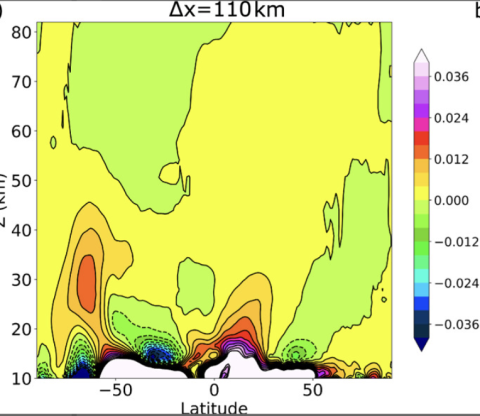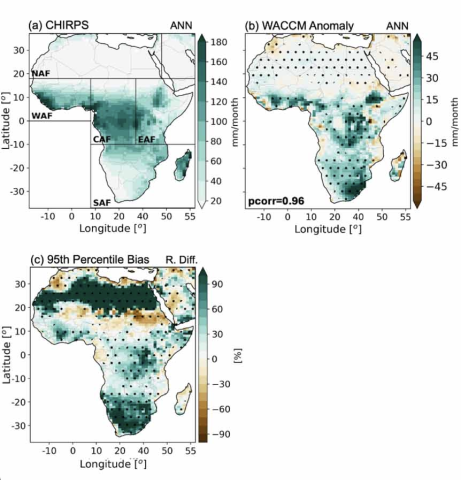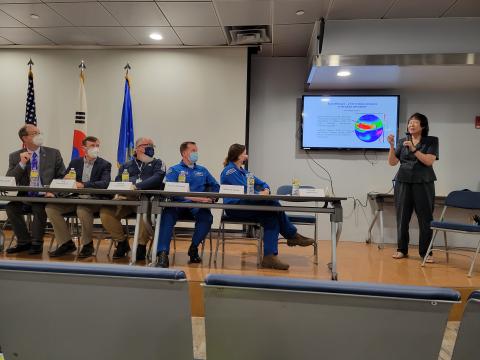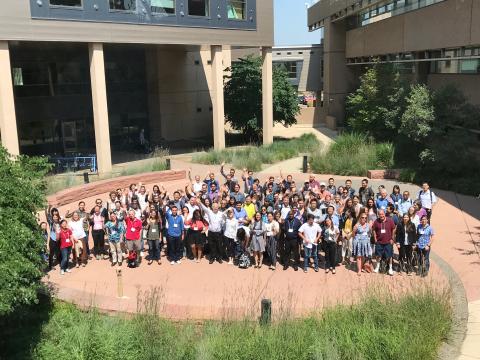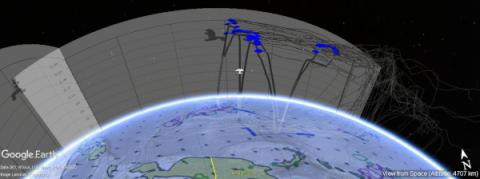News

Pieternel Levelt selected as member of Royal Netherlands Academy of Arts and Sciences
Pieternel Levelt, an associate director of the U.S. National Science Foundation National Center for Atmospheric Research (NSF NCAR) has been selected as a member of the Royal Netherlands Academy of Arts and Sciences (KNAW).
KNAW announced this week that it had selected Levelt and 16 other members from a large number of nominations by expert juries in each scientific and scholarly field. They will be officially installed on September 29, 2025.
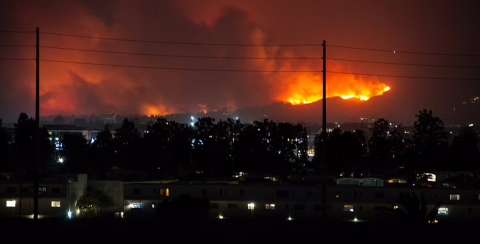
Smoke from wildland-urban interface fires more deadly than remote wildfires
The smoke from fires that blaze through the wildland-urban interface (WUI) has far greater health impacts than smoke from wildfires in remote areas, new research finds.
The study, published this week in Science Advances, estimates that emissions from WUI fires are proportionately about three times more likely to lead to annual premature deaths than emissions from wildfires in general. This is because the fires, and their associated emissions, are far closer to populated areas.
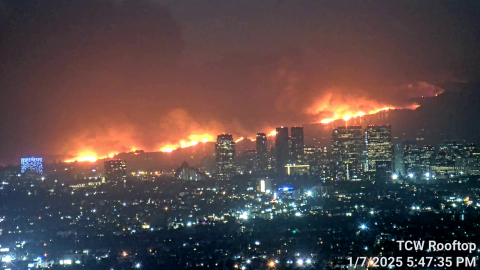
Satellite Images Show Areas in California Wildfires Miraculously Spared
The Pacific Palisades fire, the most destructive wildfire in Los Angeles history, has scorched nearly 20,000 acres, according to CAL FIRE's latest figures, but as the images show, some areas of land and structures have managed to escape the flames.
Frank Flocke, a senior scientist at NSF National Center for Atmospheric Research (NCAR), told Newsweek: "The variability of winds on a fine scale due to terrain or obstacles" could be part of the reason some areas of vegetation have avoided being burned.
